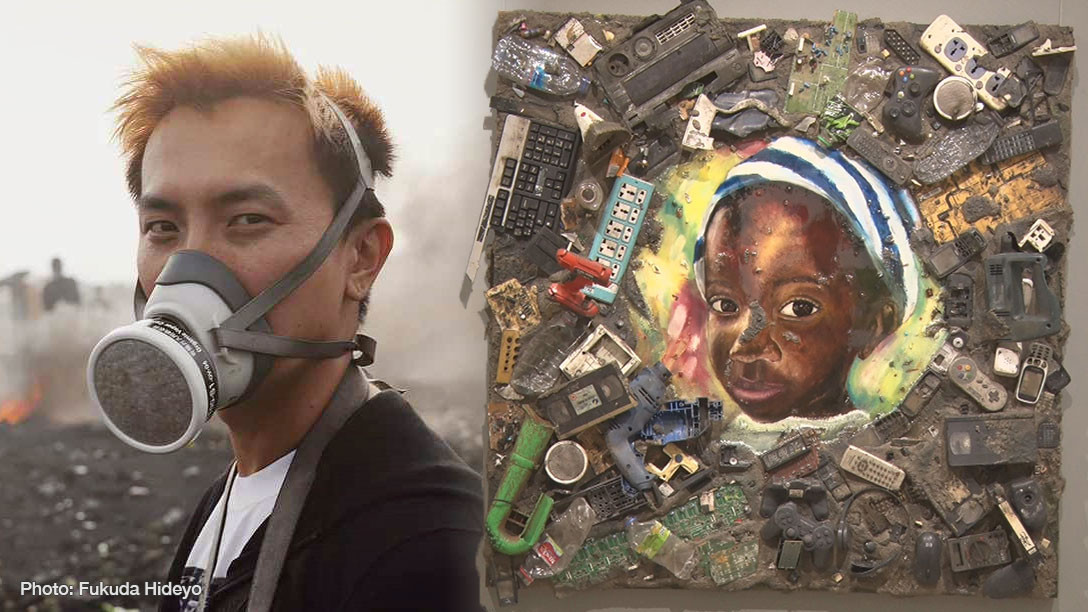Changed by Ghana
Sitting in a large studio in Tokyo's upscale Ginza district, Mago is able to laugh about his past struggles now. "Throughout my 20s, I was broke. All I wanted to do was paint, but my art wasn't selling. I was living with my single working mother, who would call me useless," he recalls.
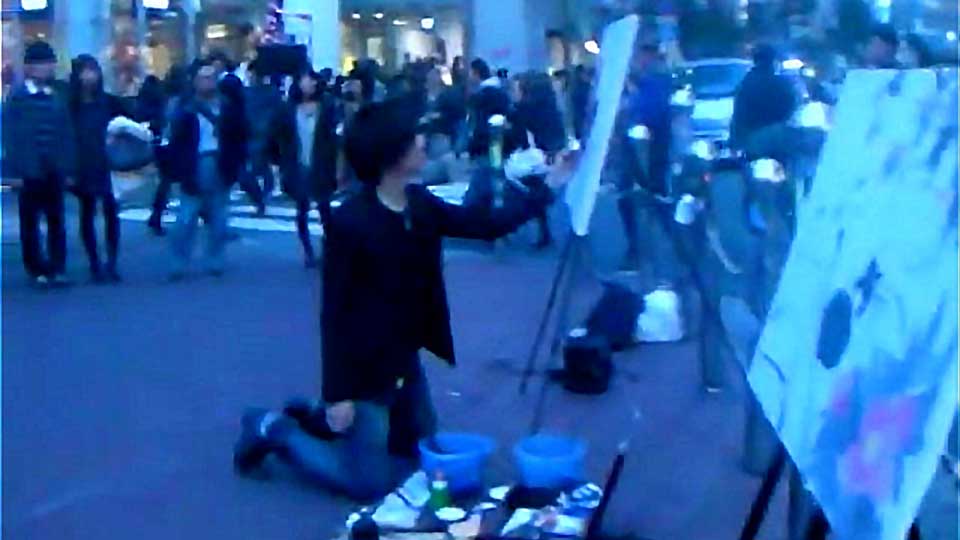
It wasn't that he had zero talent back then. He was asked to paint live in public spaces and create installations for shopping centers, "but nothing was fulfilling", says the 36-year-old.
Looking for answers and inspiration, Mago decided to travel overseas, "making money from buying and selling mobile phones."
One day, he was struck by a magazine photo of a little girl scavenging among a huge mountain of trash. "Growing up in Japan, I never knew people lived like that," he says.
Mago searched the internet for similar places, but it was Agbogbloshie in Ghana that resonated the most. "My inner voice told me I must visit." And so off he went on a journey that would forever transform his life and work.
The graveyard of E-waste
Agbogbloshie is actually the nickname of a district, not too far from the center of Ghana’s capital, Accra. There’s a big market that sells cheap food, but people from the city normally don’t go beyond the market, into a huge slum – especially not tourists.
But Mago did. He says the jeers from the locals came thick and fast, and admits it was probably best he didn't understand what they meant. But one young man was kind enough to show him around the dump site.
"Its sheer size was incredible. Smoke was bellowing from the ground and a terrible smell filled the air," he remembers. Despite wearing a gas mask, it still gave him a headache.
Mago eventually befriended a group of guys known as the "burner boys," who get their name from the way they retrieve copper from cables and appliances. For 12 hours and just a few dollars per day, they risk their lives by inhaling copious amounts of hazardous smoke.
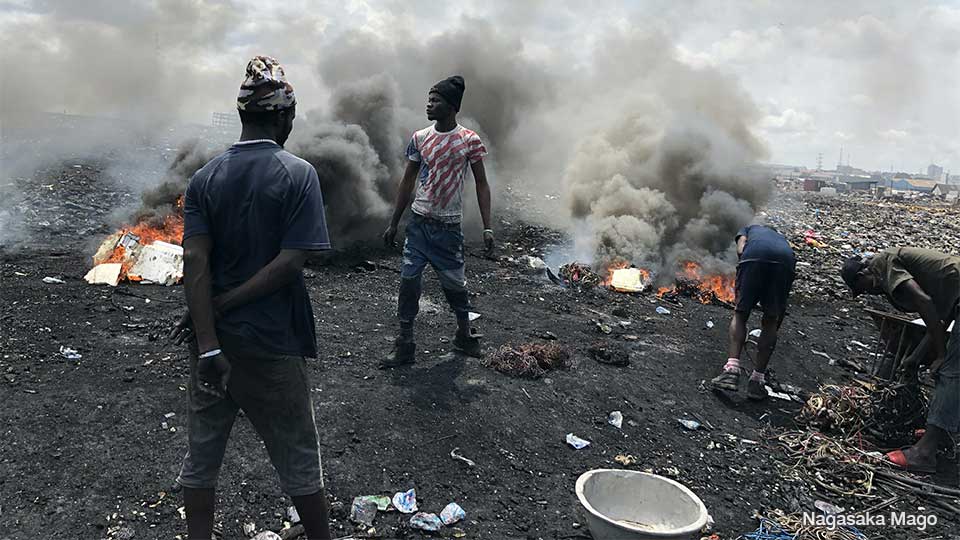
Looking down at all the waste, Mago remembered the things he once owned and then threw away without a care: laptops, video games, mobile phones and more. They could be in a mountain of waste just like this one, he thought – a place where children rummage all day, desperately looking for something to sell.
Mago stayed for nine days. Before he left, a burner boy asked if he'd ever come back -- and to please bring some gas masks like his if he does, because "we don't want to die young".
Mago said he would. "But I was penniless. So I asked them if I could take some of the scrap they didn't need." He ended up carrying 50 kilograms of the stuff back to Japan. He then started to use the materials to create.
"The god of art smiled upon me"
Mago's first work since returning from Ghana depicted a burner boy turning into plastic. To the artist's amazement, it sold for more than 5,000 dollars. He was able to buy a return ticket to Agbogbloshie, and convinced a company to donate 250 gas masks.
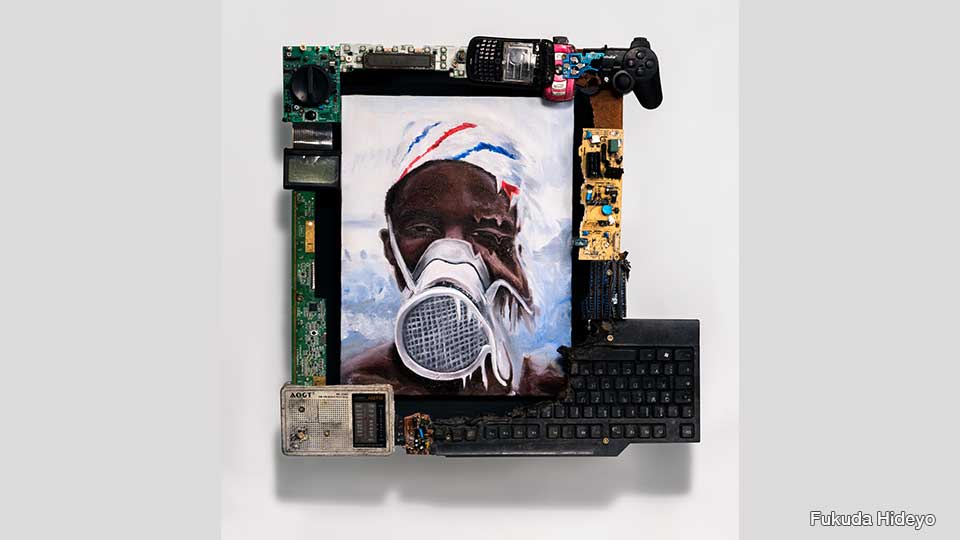
Five months later, he was back. He gave out the gas masks, and picked up more scrap material for his works.
"It suddenly made sense to me -- why I existed on this planet. It also became clear why my works never sold during my younger days. I didn't believe what art could do. I came to realize how art can help people. The god of art smiled upon me, and gave me this power," says Mago, who now receives regular shipments of unwanted scrap from Agbogbloshie.
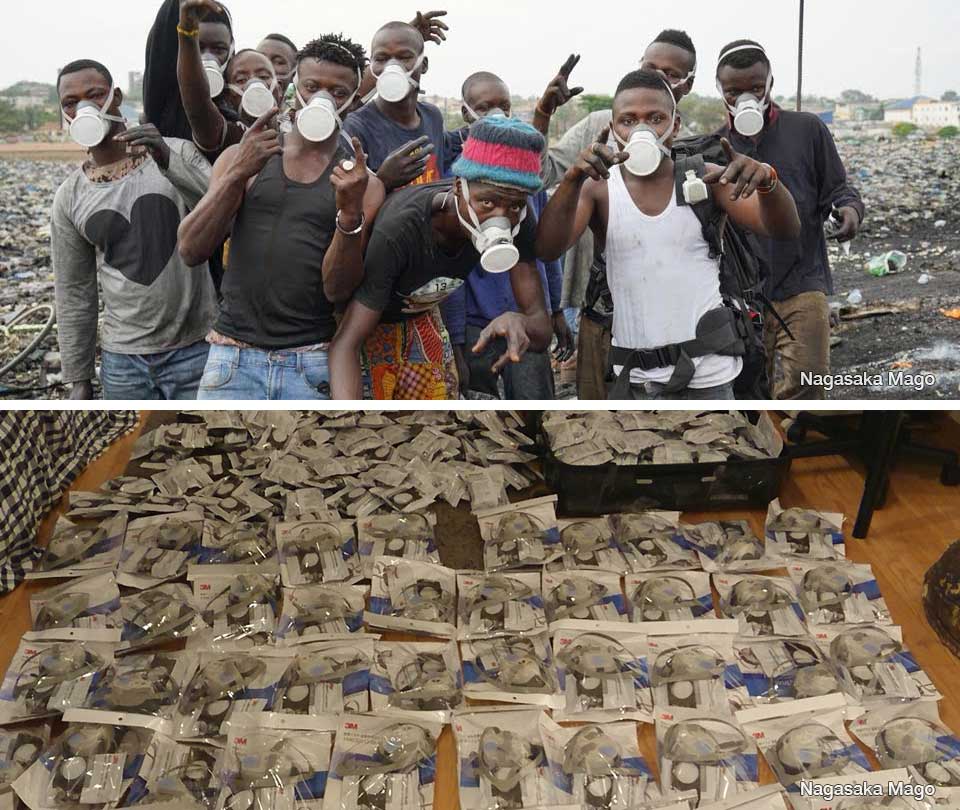
The exhibitions he held last year took place in two major department stores in Osaka and Nagoya. The dynamic works captivated those who visited, while many patrons said Mago's cause was a driving factor behind their decision to buy.
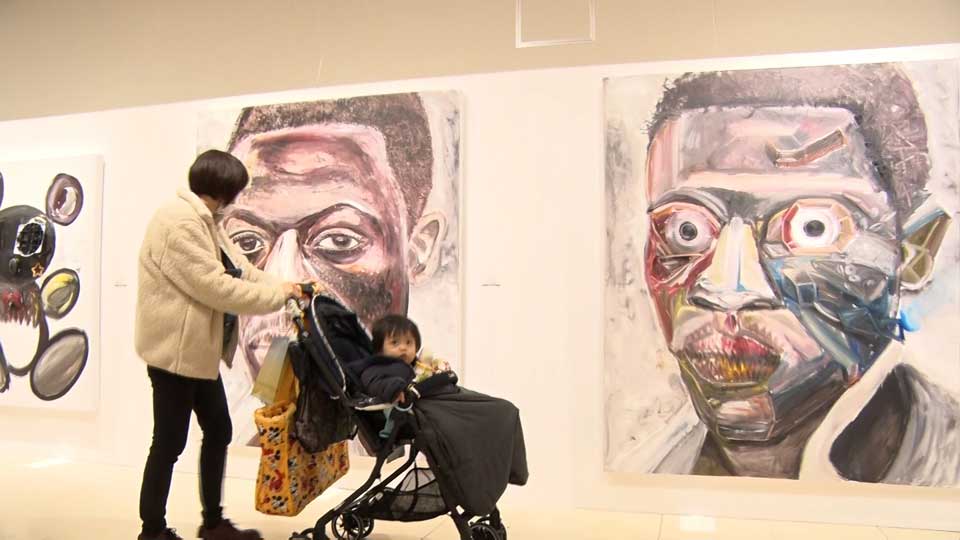
People who purchased Mago's artworks said they want to support his activities in Ghana.
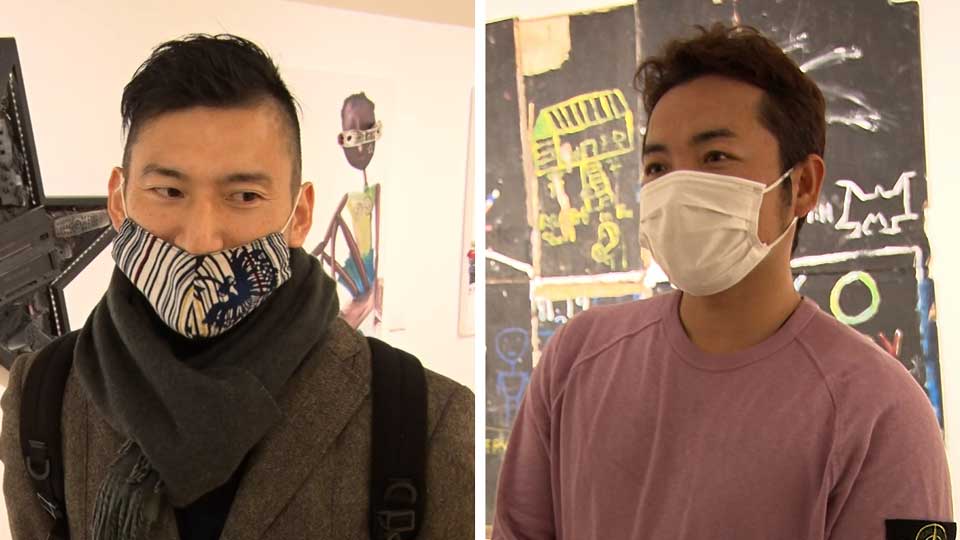
Giving the kids a chance
These days, Mago pursues what he calls "sustainable capitalism." He explains the cycle, about how waste becomes valuable art. It can then be sold for a profit, which goes into the free school he set up in Ghana, or pays the wages of people who collect, process and ship the scrap to him in Japan. What's more, the children create artworks of their own. These can be sold in Japan, and a portion of the proceeds will support their families.
"I must admit, I am a human of ambition and greed. We can't live like hermits. But even if we keep producing and consuming, it must be at least in a sustainable fashion," he says.
Mago describes the pandemic as a period of enlightenment, the chance to seek "that golden balance between the economy, the environment and artistic creation."
Watch Video 10:34
Beyond art, he has his sights set on raising a major amount of funds to build an eco-friendly recycling factory in Agbogbloshie. That way, none of his friends will need to put their health at risk, and they’ll be able to make enough money so that all the children can go to school. He hasn't been able to go back to Ghana in over a year due to the pandemic, but has created hundreds of new paintings and sculptures.
"I promised all my friends in Ghana that I would come back again and again to achieve my goal. I'll keep my promise", he says with a smile.
